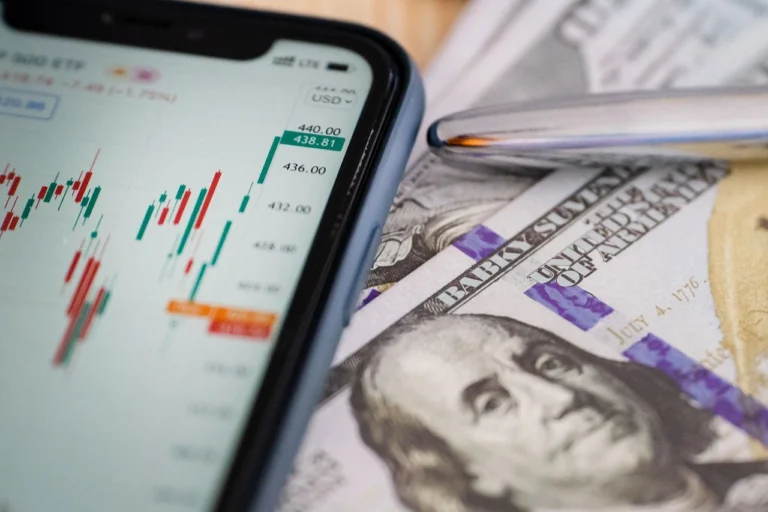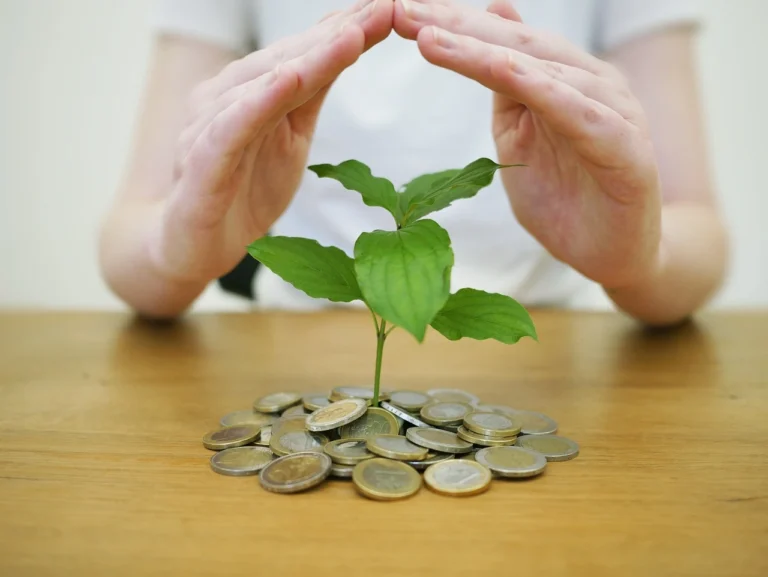How I Found Finance Motivation After Failing at Saving for Years
Like many people, I spent years dreaming about saving for major life milestones – a house down payment, debt freedom, and my children’s education. However, turning these dreams into reality felt impossible. In fact, when I set my first serious goal of saving $10,000, I quickly realized that my lack of finance motivation was the biggest obstacle.
After years of failed attempts and financial frustration, I discovered that successful saving isn’t just about numbers – it’s about understanding your spending triggers, creating accountability, and building a sustainable system. Through my journey, I learned that sharing goals with trusted friends and waiting 30 days before making non-essential purchases could transform my entire approach to money management.
In this article, I’ll share my personal story of financial transformation and the exact strategies that helped me finally find my finance motivation after countless false starts.
My Rock Bottom Financial Moment
My rock bottom financial moment came through a devastating phone call. With just $200 in my bank account, I needed to find money for two plane tickets and a rental car to handle a family emergency. The crushing realization that I couldn’t afford basic necessities became my ultimate wake-up call.
The wake-up call that changed everything
Standing in my kitchen, staring at my nearly maxed-out credit cards, I felt completely helpless. Consequently, I had to take out a special loan just to cover emergency travel expenses. This moment forced me to confront an uncomfortable truth: my financial habits were keeping me trapped in a cycle of stress and scarcity.
Understanding my spending triggers
Through careful self-reflection, I discovered that my spending wasn’t just about the money – it was deeply emotional. Research shows that more than 81% of people spend to seek comfort. Specifically, my triggers included:
- Spending when feeling sad or stressed
- Shopping out of boredom (47% of people do this)
- Making impulse purchases to feel temporary joy
- Using “retail therapy” to fill emotional voids
Confronting my financial fears
Furthermore, I realized that avoiding my bank statements and ignoring creditor calls only amplified my anxiety. The stress was affecting my sleep, relationships, and even my ability to make clear decisions. Nevertheless, facing these fears became easier once I understood that financial stress is something many people experience – 72% of Americans feel stressed about money at least sometimes.
Taking control meant tracking every dollar spent and creating a detailed budget. Most importantly, I learned that confronting financial fears isn’t just about numbers – it’s about understanding the emotional patterns that drive our money decisions.
Transforming My Money Mindset
Sitting in my financial advisor’s office, I realized that my relationship with money needed a complete reset. Indeed, I discovered that my scarcity mindset was holding me back more than any external circumstance.
Breaking free from scarcity thinking
Research shows that a scarcity mindset can affect anyone, regardless of their bank balance. I started recognizing how this mentality was causing me to “think small” and focus only on pinching pennies rather than growing my wealth. Soon, I learned that shifting to an abundance mindset meant believing I could create opportunities rather than just surviving paycheck to paycheck.
Discovering my true financial values
My journey to financial clarity began with understanding that money values are deeply personal. Additionally, I learned that these values are shaped by our lived experiences and core beliefs. Through careful reflection, I identified my top financial priorities:
- Long-term security and peace of mind
- Freedom to make choices without constant worry
- Ability to help others and give back
- Creating lasting family memories
Creating meaningful money affirmations
Particularly powerful was the practice of daily money affirmations. Studies suggest that repeating positive financial statements can help internalize them as truth. I created personalized affirmations that resonated with my goals:
- “I have a positive relationship with saving money”
- “I willingly receive all the wealth life offers”
- “I release scarcity mentality and embrace rich money habits”
Altogether, this mindset transformation wasn’t just about positive thinking – it required consistent practice and dedication. Research indicates that changing deeply ingrained money beliefs is often a difficult process, but I discovered that combining practical financial planning with positive affirmations created lasting change in my relationship with money.
Building a Sustainable Savings System
After transforming my money mindset, I needed a practical system to turn my financial goals into reality. Therefore, I focused on building sustainable habits that would last.
Starting with micro-savings wins
I discovered that sustainable progress comes from building micro-habits – small, intentional actions that generate lasting results. Moreover, I started with simple strategies:
- Setting shorter-term savings goals
- Connecting savings to my income percentage
- Saving an amount equal to my daily coffee purchase
- Increasing my savings rate gradually
Automating my financial success
Subsequently, I made saving money quick and easy by setting up direct deposits from my paycheck into separate savings accounts. Research shows that ‘paying yourself first’ helps resist spending temptations. I automated my finances by scheduling regular transfers on paydays and directing a portion of my income straight to savings.
Tracking progress without obsession
Meanwhile, I learned that tracking finances shouldn’t consume all my energy. Instead of obsessing over every penny, I established a routine schedule for reviewing my automated systems. I found that using budgeting apps to categorize expenses provided helpful insights without requiring constant monitoring.
Most importantly, I discovered that success isn’t about doing everything perfectly. Rather than aiming for an unrealistic savings target, I focused on consistency and started with amounts I could actually afford. This approach helped me build confidence as I watched my savings grow steadily over time.
Creating My Financial Support Network
Building a strong financial support network became the cornerstone of my success. Studies show that having an accountability appointment with someone increases goal completion likelihood to 95%.
Finding an accountability partner
I discovered that choosing the right accountability partner requires careful consideration. Certainly, the best partners are those who listen without judgment and offer solutions only when asked. Although friends and family can serve this role, I opted for a professional coach who could maintain objectivity and confidentiality.
Joining money-conscious communities
Joining financial communities opened new doors for my finance motivation journey. These groups provided:
- A safe space to discuss money challenges
- Access to collective knowledge and experiences
- Regular encouragement from peers
- Opportunities to learn from others’ successes
Generally, I found both local and online communities valuable for different reasons. Online platforms allowed me to remain anonymous while working through sensitive financial issues, whereas local groups provided face-to-face accountability and support.
Learning from financial mentors
Similarly, finding financial mentors significantly accelerated my progress. I focused on connecting with mentors at different career stages, which provided diverse perspectives on wealth building. Undoubtedly, the most valuable advice came from mentors who demonstrated excellent financial behavior and maintained high savings rates.
I learned that good mentors don’t just share information – they model successful financial behaviors. Through regular conversations with my mentors, I gained insights about avoiding common mistakes and identifying promising opportunities. Most importantly, they helped me understand that financial success isn’t just about accumulating wealth – it’s about creating a healthier, happier life.
Conclusion
My financial transformation journey taught me that lasting change comes from addressing both emotional patterns and practical habits. Through understanding my spending triggers and confronting financial fears head-on, I discovered that successful saving requires more than just willpower – it demands a complete mindset reset.
Building automated systems and starting with micro-savings wins helped turn my financial goals into reality. Though the path wasn’t always smooth, each small victory strengthened my commitment to better money management. Surrounding myself with supportive mentors and joining money-conscious communities proved essential for maintaining motivation during challenging times.
Looking back at my journey from that devastating phone call with just $200 in my account, I realize that financial success isn’t about perfection. Rather, it’s about creating sustainable habits, understanding our relationship with money, and building strong support systems. These lessons transformed not just my bank account, but my entire approach to life.
My story shows that anyone can overcome financial struggles with the right mindset, tools, and support network. Though the journey might seem daunting, taking that first step – whether it’s tracking expenses or joining a financial community – can spark lasting change. After all, financial freedom isn’t just about numbers – it’s about creating a life where money serves our values rather than controlling our choices.







